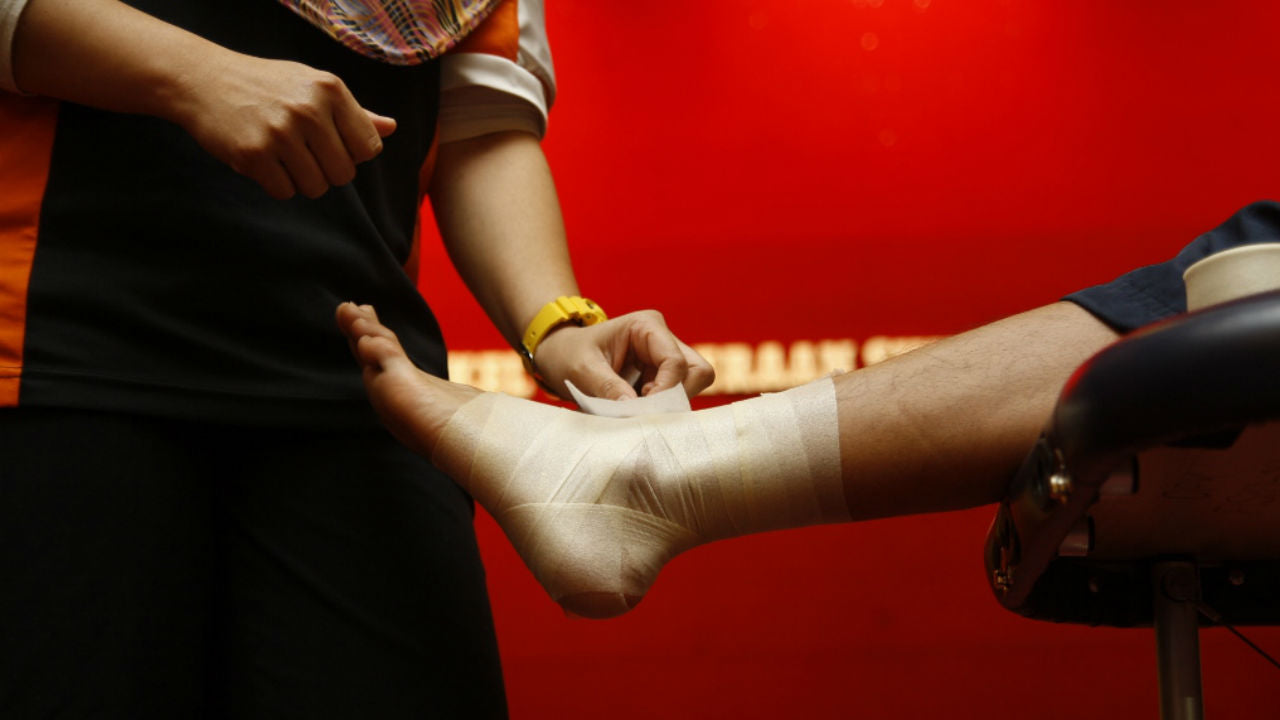The ankles get injured so commonly, especially for the sports enthusiast or regular trainer. One wrong step and you have a sprain that can really set you back for weeks. Here is where ankle braces come into play. But do they really work? Let's split it down.
What Do Ankle Braces Do?
Ankle braces provide the limitation of excessive side-to-side movement of your ankle-again, the kind that leads to sprains. Hence, they are not supposed to fully immobilize you. Instead, they provide a support system for your ankle from rolling or twisting far in one direction.
There are two ways in which they help:
Mechanical support- Braces physically block your ankle from moving into dangerous positions, especially when landing or cutting quickly.
Improved awareness - Wearing a brace increases your awareness of your ankle position, so your body reacts faster to prevent injury. This is especially helpful if you have already had ankle problems in the past.
Do They Really Prevent Injuries?
They do. Several studies have served to prove that ankle braces reduce the risk of both initial and repeat injury.
Braces can cut injury among those who have never had ankle sprains by almost half.
For athletes and others who have been patient with an injured ankle, the reduction is even bigger: 60 to 70% depending on activity when it is supported by a brace.
Imagine that: so great for anyone active, anyone who wears the gym, or anyone whose ankles are uncomfortable to walk on.
Who Shall Bear It?
Ankle supports are not for convalescence only. On the contrary, their function is more preventive. Here are some that would benefit most:
Athletes with history of ankle sprains.
Someone with ankle instability or weakness.
Those returning to sport level after an injury.
High school athletes or novices who are still developing strength and coordination.
If your ankle feels alright, you still might want to consider using a brace for intense training or for playing an active sport. In case you do get hurt, you are better with less risk.
Does Wearing a Brace Weaken the Ankle?
That is a common concern. Truth is, as long as strength and balance exercises are performed along with wearing a brace, it will not weaken the ankle.
The best way to view ankle braces is the following: should you require its support during classes, matches, or hikes, then put it on and do your rehabilitation exercises off the field. This keeps the strapping in view of a backup rather than a crutch.
Which Brace Should You Choose?
There are a few types of ankle braces:
Soft sleeves- These are light-support-type-and-comfort-type-of-braces, ideal for minor problems or general stability.
Semi-rigid braces- When you want to exert more control over your ankle, these are the braces you choose. They are most commonly used in prevention of re-injury.
The key is finding a brace that fits well and does not limit your natural movement too much.
Final Thoughts
Ankle braces aren't just for people already injured. It's a simple yet proven method to protect your joints and keep you in the game. Whether the problem lies in old injuries or the prevention of newer ones, a good brace will really do the trick.
So, if you are looking for a really good ankle brace, make sure to check out the Sporlastic Canada collection - trusted designs that give support without interfering with your natural way of walking.





Leave a comment
This site is protected by hCaptcha and the hCaptcha Privacy Policy and Terms of Service apply.